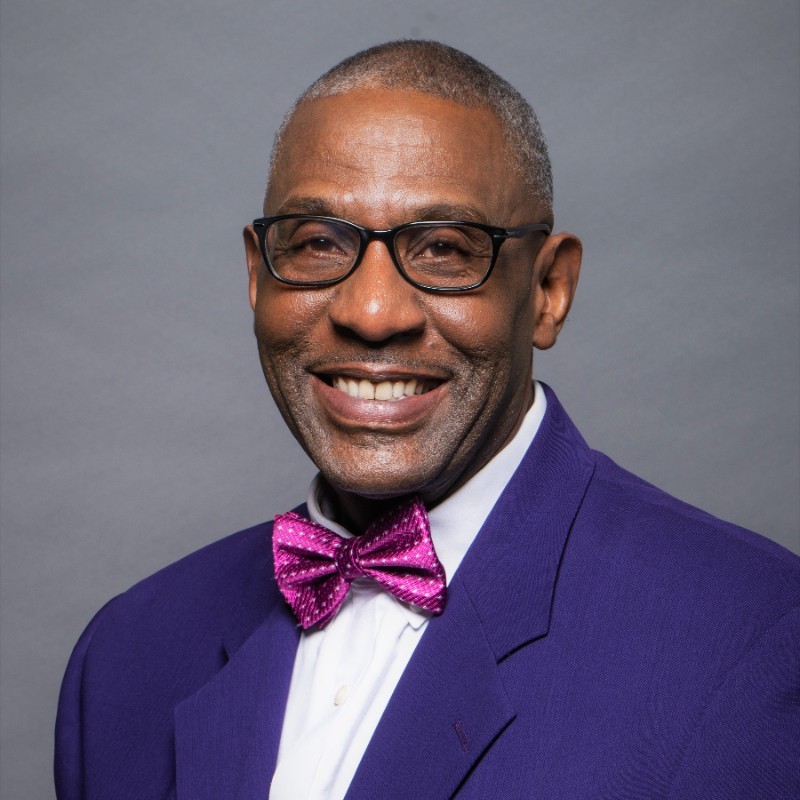The pandemic has challenged companies big and small to find and hire high-quality talent in the face of global competitive pressures, shrinking resources, and virtual hiring practices. NelsonHall, a leading global analyst firm, identified in their 2021 White Paper, “attracting the best talent and ensuring their retention” as a key challenge for talent acquisition leaders in the post-pandemic world.
Hiring is more challenging today than it has ever been before in modern history. Below are some of the most prevalent issues that sales enablement professionals are facing today:
- New generations (i.e., Gen Z) entering the workforce
- Increasing numbers of Baby Boomers retiring year after year
- Technological advances such as robotics, AI, and 5G are dramatically impacting society
- Changing demands, whereby 47% of today’s jobs will disappear to be replaced by new jobs yet to be created
We left off our last discussion, “Getting Back to the Basics”, highlighting the importance of people as one of the five Ps in crafting a blueprint to success. People are at the center of how organizations grow and compete in the global marketplace – and sales enablement practitioners are in the people business.
According to Roderick Jefferson’s bestselling book, “Sales Enablement 3.0: The Blueprint to Sales Enablement Excellence”, the value contribution by sales enablement to an organization is founded on three key components: communication, collaboration, and orchestration. While some may view these elements as soft skills, they establish a foundation of rapport and trust within the organization. Sales enablement professionals uniquely serve as the ambassadors between the various lines of business across the organization. This means they are positioning themselves as strategic partners with sales leaders, talent acquisition professionals, and business unit internal customers.
Additionally, the sales enablement organization can be leveraged as a key differentiating factor with potential candidates and can have a lasting effect on attracting the best new hires by demonstrating the value of enablement as a strategic arm of the revenue organization. This point of view is explored more deeply in the article, “How Enablement Can Be a Differentiator to Attract Top Talent”. As recruitment for top talent continues to intensify, enablement can be positioned as a demonstrated way innovative companies can stand out from the competition.
A Unique Vantage Point
In a recent Sales Enablement PRO Podcast interview, Christie Spain, field sales enablement manager at LaunchDarkly, talks about how sales enablement can add unique value specifically to the talent recruitment process.
“I think that sales enablement has a really unique vantage point in the business in that we’re working across all segments,” said Spain. “We see not only what’s working really well on one team, but across all the different teams, as well as what’s not working right.”
From this unique vantage point, sales enablement professionals are engaging stakeholders as internal consultants, by providing insights using skills assessments, onboarding metrics, sales training results, and sales coaching feedback.
Recruiting the Right People
When it comes to talent assessment and acquisition, it’s all about ensuring that one’s company has the right people in place for today and the future. Sales enablement should be fully plugged into the talent acquisition needs of the sales organization. Of course, the sales talents and skillsets needed by every organization are going to be different with numerous variables that come into play.
“I think the specific skills needed will vary by business, but there are three that are universal: curiosity, a problem-solving mentality, and good old-fashioned grit,” said Spain.
Forbes identifies the following five characteristics that make a good salesperson:
- Competitiveness
- Excellent Listening Skills
- Resiliency
- Self-confidence
- Honesty
Another consideration when competing to hire the best talent is to look for candidates that are highly coachable. In the article, “Hiring Reps for Maximum Competency“, the authors explain, “In essence, coachability is how well someone is able to receive feedback and make improvements accordingly. The single most universal indicator of a successful sales rep is their coachability.”
Many advocate that good salespeople are born, while many others believe that one does not have to be a natural-born salesperson to be good at sales. The critical element here is understanding the specific sales talent and skills needs of the organization and having a concerted plan to identify and find them.
This is analogous to NFL teams (or other professional sports teams) acquiring talent using the draft and free agency. They assess the needs of the organization (both short-term and long-term), scan the competitive landscape, aggressively study the available talent, leverage their networks & relationships, and eventually make offers to those individuals that will help the team win based on their strategy and the compensation they can afford. Though there’s never a convenient time for any type of assessment – if growing the business is a top priority, then assessing the readiness of the existing talent with the sales force is a critical success factor.
Where to Look
In today’s digital world, most (if not all) companies use multiple avenues and channels to look for and find good talent. Whether they use LinkedIn, agencies, or some other recruiting service/platform, the task can sometimes be daunting (especially for startups and companies in high growth mode).
The authors of “Hiring Reps for Maximum Competency” suggest, “When looking for new additions to the team, aim to seek out culture additions by welcoming diverse perspectives and backgrounds. While recruiting for like-minded culture fits are important, the most effective working teams are those that are composed of diverse individuals and talents. In fact, diverse organizations have 19% higher revenues and are 70% more likely to capture a new market.”
Millennials now comprise the largest portion of the workforce, and Gen Z is following close behind as the next decade approaches. With this backdrop, it is imperative for sales enablement to have a leadership role in driving inclusivity and diversity to help position the organization to compete effectively going forward.
One of the most common pitfalls companies and organizations succumb to when looking to hire new talent is based upon unconscious bias. The Office of Diversity Outreach at the University of California San Francisco defines unconscious bias as “social stereotypes about certain groups of people that individuals form outside their own conscious awareness. Everyone holds unconscious beliefs about various social and identity groups, and these biases stem from one’s tendency to organize social worlds by categorizing.”
Biases exist towards numerous social groups which include age, gender, gender identity, physical abilities, religion, ethnicity, race, sexual orientation, and weight. This means that the hiring team (internal/external recruiter, hiring manager, and sales enablement practitioner) must be very intentional in their efforts to ensure a diverse pool of qualified candidates.
It’s All About Our People
This simple, but powerful quote by Kamil Toume, author of the book, “Separating Grain From Chaff: Re-defining Leadership About its True Meaning“, helps summarize the importance of investing in talent acquisition and retention: “The real competitive advantage in any business is one word only, which is ‘people’.”







